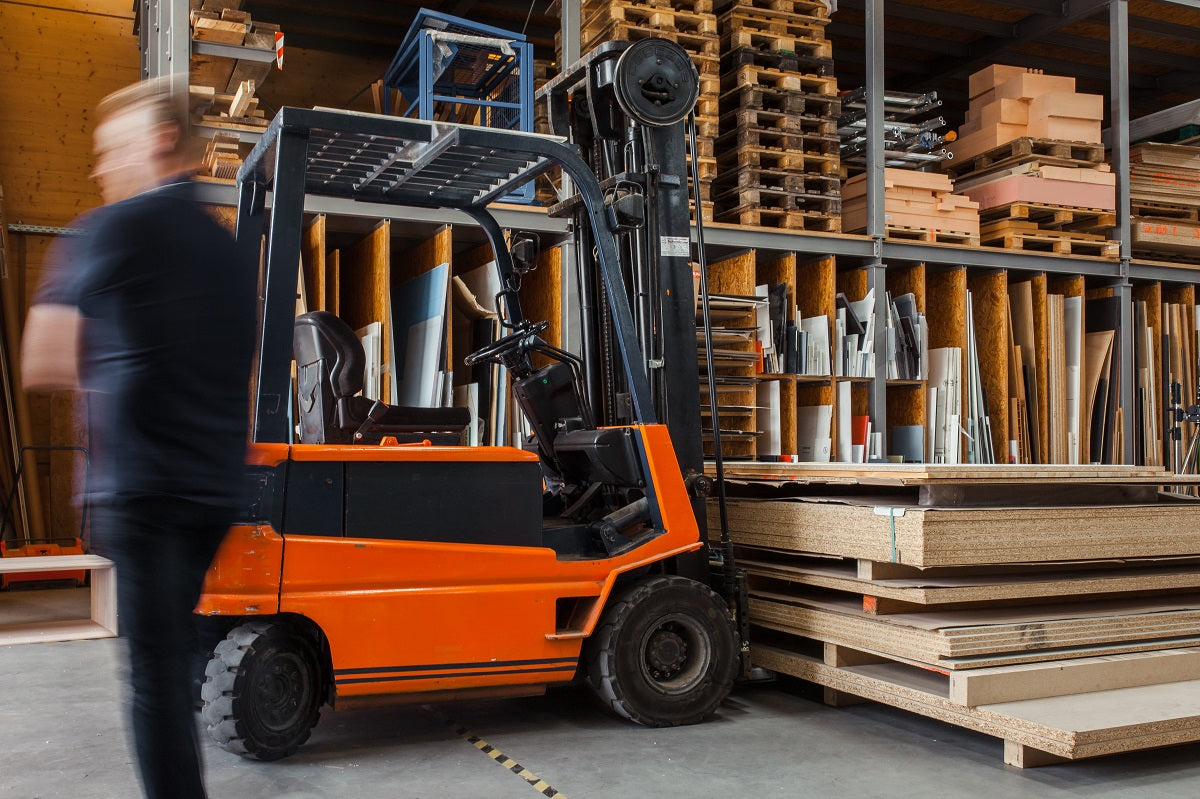How to Identify Fall Risks in Your Warehouse
Slips and falls in workplaces account for most workplace accidents, with a higher number seen in warehouse settings. While you may focus on the safety of your new mezzanine floor in Sydney, it's also crucial that basic procedures are in place to protect your employees from these easily preventable injuries in your busy warehouse.
How to Identify Fall Hazards
Warehouse facilities have a range of contributing factors to consider when identifying safety risks in the workplace. With various layouts, traffic flows, docks and loading areas all presenting risks, it's essential to have relevant procedures in place to prevent the likelihood of injuries and stock damage.
To accurately identify various fall risks in your warehouse, it's crucial that you first identify all possible areas where falls or slips could happen, whether these are areas where items and stock, pile up in busy periods, in supply areas where the stock may pile up when not stored properly and areas with surfaces that lack grip like glazed tiles. You’ll also want to consider stored merchandise and materials that could spill or melt and become a slip hazard to staff.
Fragile surfaces like roofs and skylights or potentially unstable surfaces are all areas that should be considered in this first stage of identification. Areas that may require equipment to reach elevated levels should also be considered within this initial stage.
Some things to look for in the identification of your warehouse include:
- Foot traffic areas where surfaces change or are uneven.
- Floor slopes where an incline of 7 degrees or more is seen.
- Elevated levels
- Temporary or permanent structures like mezzanine floors.
- Entries and exits from working areas.
- Areas that have lost grip or tread (tiles etc.)
You should check your records of previous injuries and ‘near miss’ incidents related to falls.
Standard Risk Areas
Clutter from Pallets and Merchandise
Pallets take up a significant amount of room, whether stored away or left out in the open. Leaving a pallet in the middle of the floor, especially in areas where workers are carrying other items or are distracted by other tasks, can be a trip incident waiting to happen. Your warehouse should have procedures in place in events where an influx of stock is moved in your warehouse. These pallets must be placed out of traffic flow in areas where more damage won't be created.
Floor Surfaces
Even when a floor is free of merchandise and pallets, the surface itself may be a hazard – for instance, rough or uneven surfaces containing loose cords or carpeting that easily bunches. These areas can be prevented easily with non-slip mats, or in cases where the affected area is more prominent, signage should be in place as the bare minimum.
Contact Ware Safety Today
At Ware Safety, we offer a range of warehouse safety solutions to ensure your business can continue to thrive both in-store and behind the scenes. To learn more, visit our website or contact one of our friendly staff today!

